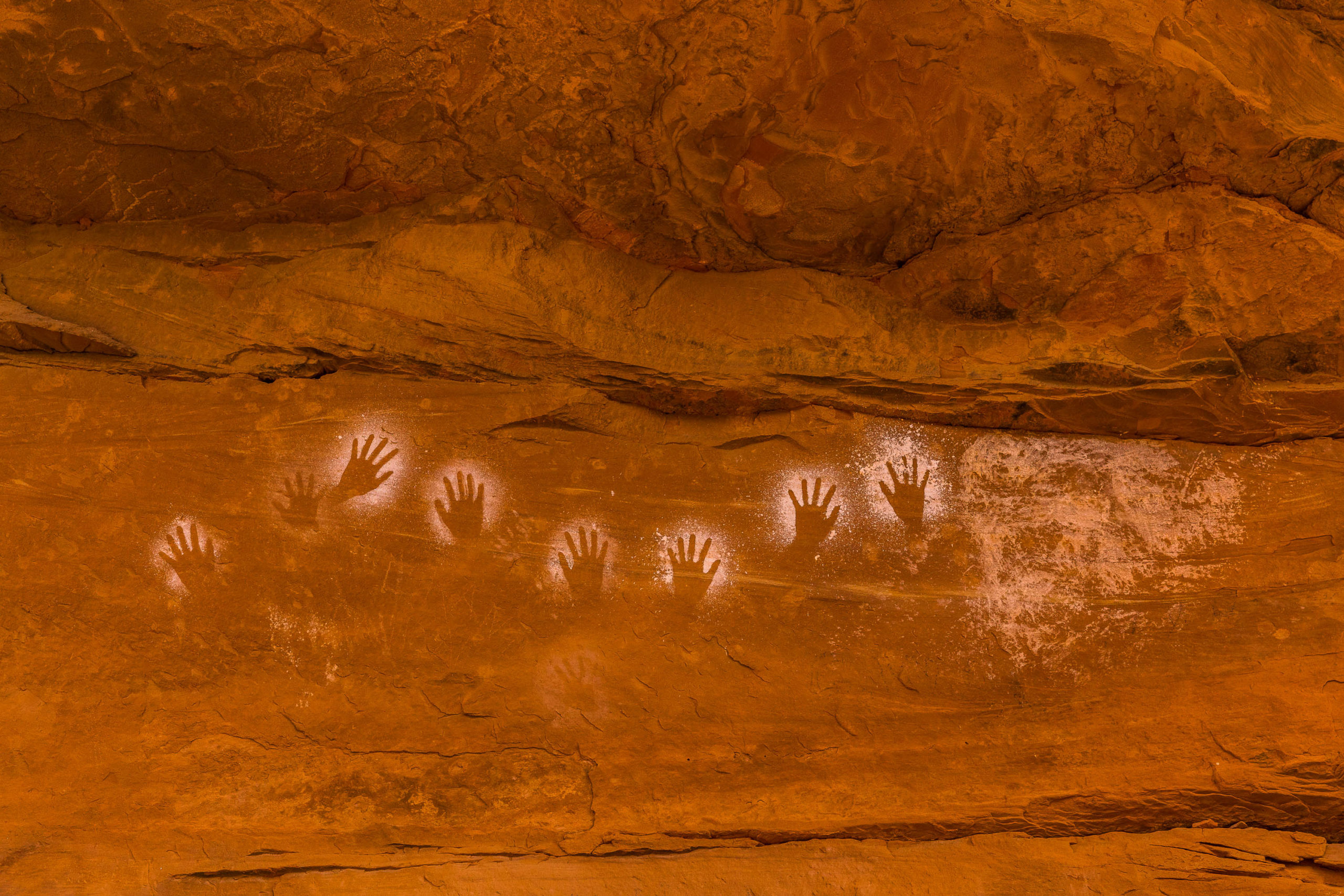National Geographic photographer Stephen Alvarez’s passion for capturing and sharing images of the world’s oldest art began with an encounter with 36,000-year-old cave paintings in France. “I felt time collapse and the artist speak straight to me across an unimaginable gulf of time. The experience changed me,” Alvarez recounts.
Alvarez then founded the Ancient Art Archive, a nonprofit organization and living archive of ancient rock art from around the world, to share these photographs—and the potential for experiencing the power of art through deep time—with a global audience. Now, his photographs are making their way to Vanderbilt’s Curb Center for Art, Enterprise, and Public Policy for an exhibition titled Reverberations: Roots of the Cedar Tree, open Sept. 13–Dec. 1.
Reverberations will feature Alvarez’s photographs of petroglyphs and pictographs from Europe and North America dating back as far as 35,000 years. The photographs are placed in dialogue with paintings and sculptures by Dustin Mater, who is a citizen of the Chickasaw Nation. Mater draws inspiration from his family and heritage to create fine art spanning painting, printmaking, shell carving, metallurgy and other artistic media. In addition to his artwork, Mater collaborates with Alvarez and Executive Director Stephanie Welsh on the Ancient Art Archive’s Mural of America project, a collection of online, interactive experiences that bring ancient art sites to life through beautiful photography and 3-D modeling.

Photos featured in Mural of America, including a photo of a petroglyph in Devilstep Hollow Cave in the Sequatchie Valley of Tennessee, will be on view as part of Reverberations, offering insight into the sacred spaces and images that remind us that “making artwork is a basic human instinct.”
Reverberations kicks off an exciting year of exhibitions and related programming at the Curb Center, which is committed to elevating art as a form of inquiry, a way of understanding and a celebration of the human spirit.
“We are so excited to present this work demonstrating the multiple ways that the ancient past is still speaking to the present day,” said center Director Leah Lowe, who is a professor in the Department of Theatre.
The Curb Center offers opportunities for its audiences on Vanderbilt’s campus and beyond to engage with the arts, including grants for Vanderbilt students, faculty and staff; artist residencies and performances; and the Curb Scholars program, which supports undergraduate students who are pursuing creative and community engagement endeavors.
The cedar tree in the name of the exhibit references the axis mundi that the tribal nations descended from Mississippian cultures—the stewards of the land surrounding Devilstep Hollow—understand as the connection between the above world, the middle world and the foundational underworld, which is symbolized by the cedar tree’s roots. Roots of the Cedar Tree works to help viewers experience the echoes of art through space and deep time.
The exhibition will be on view from Sept. 13 to Dec. 1. Public viewing hours are Monday–Thursday, 10 a.m.–4 p.m., and other times are available by appointment. To make an appointment for individual viewing or to schedule a course visit, please email Rachel Thompson, program manager at the Curb Center, at Rachel.h.thompson@vanderbilt.edu.